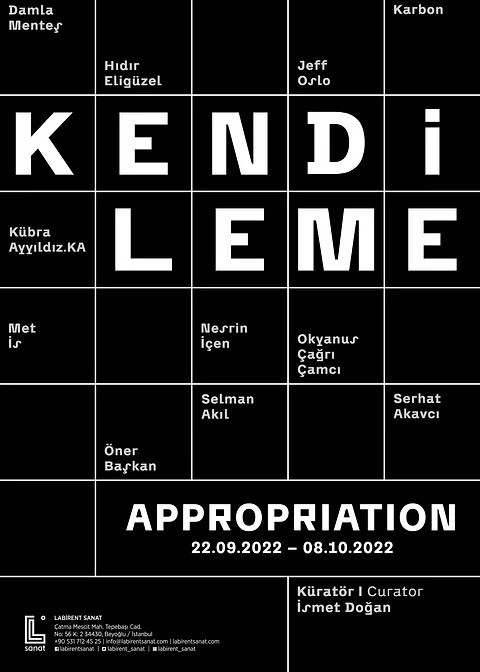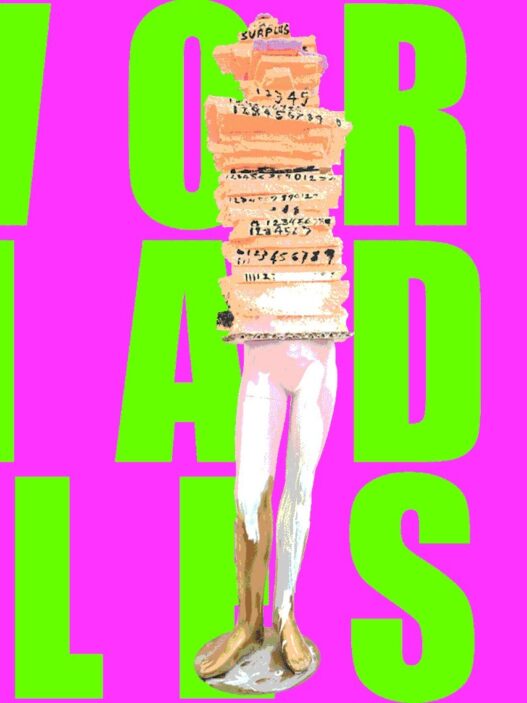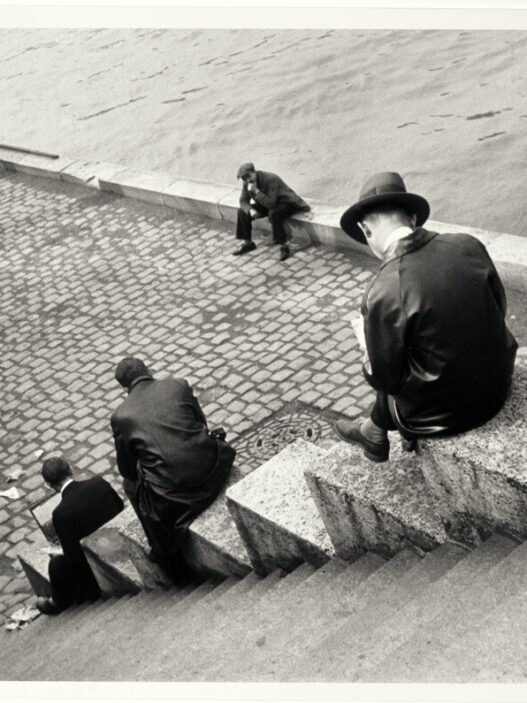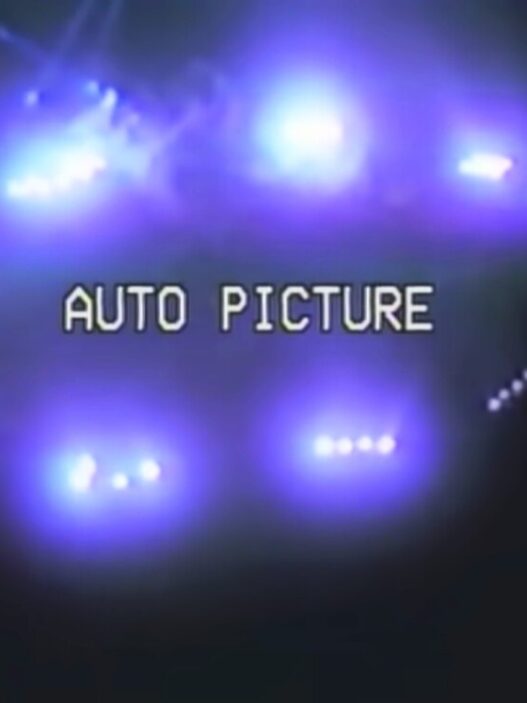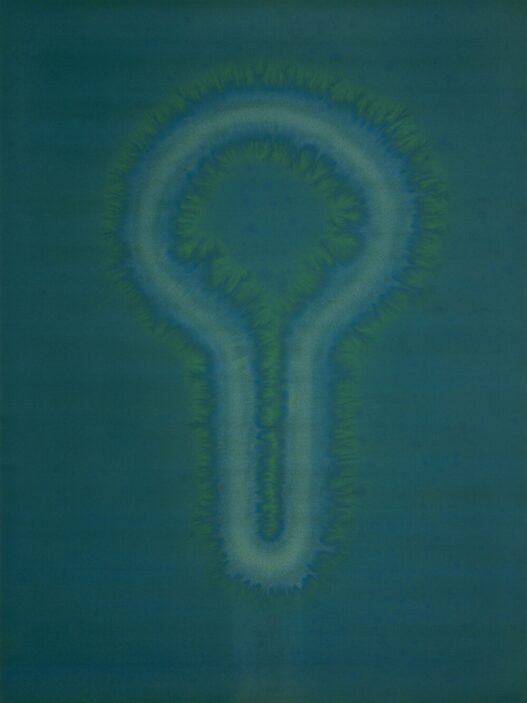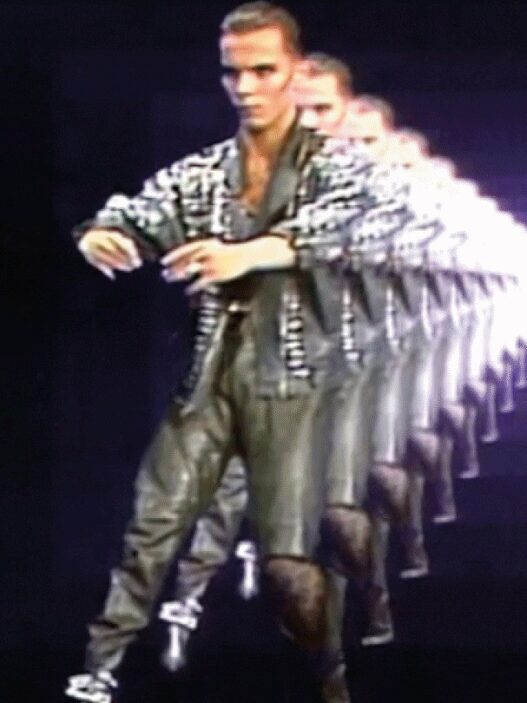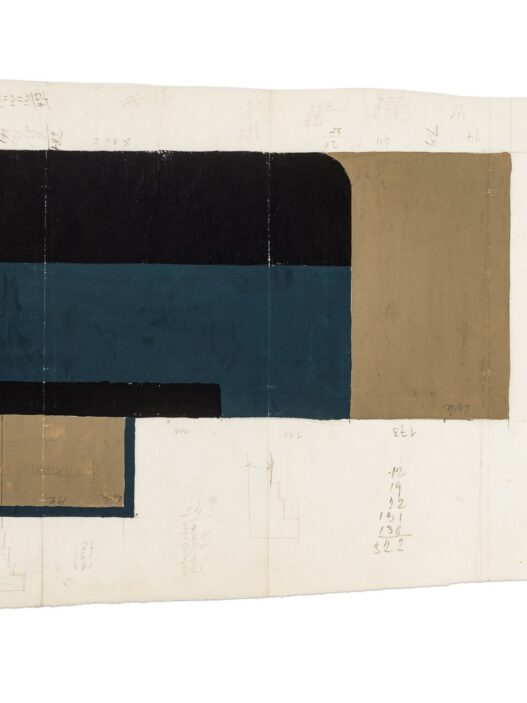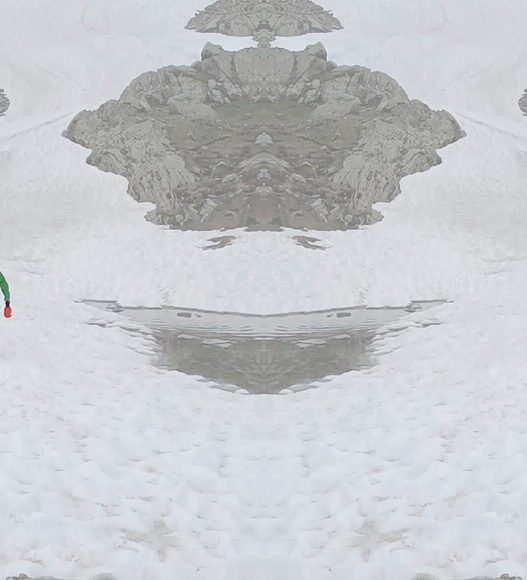September 22 – October 8, 2022
Labirent Sanat presents the “Appropriation” exhibition curated by İsmet Doğan and featuring works of Damla Menteş, Hıdır Eligüzel, Jeff Oslo, Karbon, Kübra Ayyıldız.KA, Met-İs, Nesrin İçen, Okyanus Çağrı Çamcı, Öner Başkan, Selman Akıl, and Serhat Akavcı between 22 September – 8 October 2022.
“All living beings are in the open: they manifest themselves and shine in their appearance. But only human beings want to take possession of this opening, to seize hold of their own appearance and of their own beingmanifest. Language is this appropriation, which transforms nature into face. This is why appearance becomes a problem for human beings: it becomes the location of a struggle for truth.” 1
Because of its cultural overtones, the term “appropriation” has recently come to be more often defined as “the act of stealing or utilizing something from a culture that does not belong to you, without expressly proving that you understand or respect it.” The historical background of self-appropriation as a concept and artistic practice is maybe less well recognized. Even though there could be slight variations in the definitions, appropriation in art is fundamentally a deliberate and inventive technique that makes use of, references, duplicates, or even owns other works of art or visual materials created by other artists. The practice of appropriation has profound theoretical and conceptual origins in the history of art; it has endured through centuries of the production and dissemination of art and taken many different forms.
“Appropriation” is self-reflection on what we do. It is also self-contradictory thinking. And it saves thought from homogenization. The art of “appropriation” or self-owning basically criticizes modernity. It is a critical act. The act of appropriation displaces, uproots, and bastardizes. It underlines that an appropriation is also an active act rather than a passive reception.
“Appropriation “brings closer”, “equalizes”, makes the culturally distant “contemporary and similar”. But the distance covered here is not only cultural and temporal, but also hermeneutic. Appropriation is a struggle against alienation from meaning itself, that is, from the value system on which the text is based. The reference to the living world and subjects suspended by writing is revived in the world of readers with appropriation. Thus, the vitality of the discourse at the time of production is regained and the sentences of the text become meaningful here and now.” 2 “There is an important difference between appropriating and interpreting a text. While interpretation strives to be objective, appropriation always include the reader’s world and historicity.” 3
“Context is everything.” It is necessary to change the Western-imposed context. There is no denying the Eurocentric nature of contemporary art and its historiography. A (colonial) circumstance exists that honors and makes reference to the western culture that produced the monster. Reflecting on the concept’s limitations in non-modern communities like this one requires us to walk a number of perilous, uncertain roads. The modern obsession with invention and the resurgence of the equally modern tradition are both criticized by non-modern ideas. This exhibition’s work and topic became critical thought and quick criticism. How long could the authority of the logos, the father, and the rationalist west last?
Rereading the art heritage is the goal of the “Appropriation” show. We may also observe what we have appropriated and how in the display. “The mind reason, it does not think.” “The power of reason is a bloody power.” However, thinking is a deliberate and trained process rather than an innate function of the mind.
The works produced by Damla Menteş, Hıdır Eligüzel, Jeff Oslo, Karbon, Kübra Ayyıldız.KA, Met-İs, Nesrin İçen, Okyanus Çağrı Çamcı, Öner Başkan, Selman Akıl and Serhat Akavcı for the “Appropriation” exhibition curated by İsmet Doğan can be seen at Labirent Sanat until 8 October 2022.
—
[1] Giorgio Agamben, Means without End: Notes on Politics, tr. Cesare Casarino & Vincenzo Binetti, (Minneapolis-London, University of Minnesota Press, 2000), p.91.
[2] Selami Varlık, Paul Ricoeur’de Temellük ve Tahayyül (Appropriation and Imagination in Paul Ricoeur), tr. Selin Yağmur Sönmez (Istanbul, Alfa Press, 2021), p.21.
[3] Ibid, tr. Selin Yağmur Sönmez, p.13.
Labirent Sanat
Çatma Mescit Mah.
Tepebaşı Cad. No:56 K:2 34430,
Beyoğlu / Istanbul









